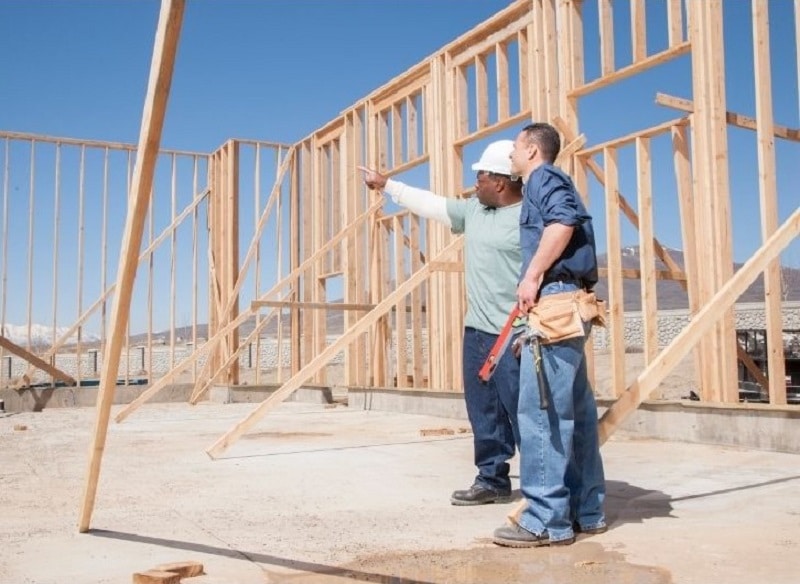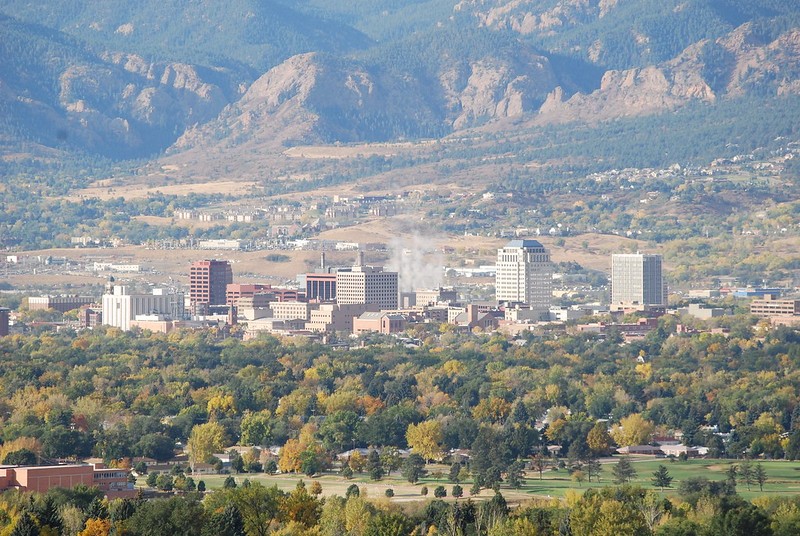
In November 2007, my husband and I purchased our first home in Colorado Springs for $142,000. It was a quaint, 930 sq. ft. house in the downtown area that needed a bit of remodeling, but nothing too extensive.
To be honest, we thought we were paying too much and were worried housing prices would drop and we’d be stuck with a house whose value was less than our mortgage.
Flash-forward to today and that same house has an estimated value of over $350,000. And it’s not just homes in downtown Colorado Springs that have increased in value. Most of Colorado has seen a massive price increase when it comes to housing. What is causing this increase, what can we expect in the future, and is Colorado still affordable?
Behind the Sky-High Prices
If you own a home anywhere between Pueblo to Denver to Boulder, you’ve probably received your recent property assessment with an increase anywhere from 1 to 20 percent, according to CPR News.
Indeed, CPR found that the value of homes in Pueblo increased just over 1 percent. In El Paso, they increased between 15 and 20 percent. In Denver, they increased 6 to 11 percent in just two years (property appraisals are done every two years). So, what is leading to this increase in value?
From 2010 to 2020, Colorado’s population increased 14.6 percent, while the national population only increased 7.4 percent. Further, in 2020 Denver was one of the top five moving destinations, gaining approximately 50,000 people between July 1, 2019, and July 1, 2020, according to the Colorado Association of Realtors.
Additionally, people moving to Colorado are looking to lock in historic low-interest rates – but there are more buyers than there are available houses. This leads to bidding wars, causing buyers to put in escalation clauses in their offers. An escalation clause offers to top other bids by a certain amount.
In fact, I know three families who sold their homes in Monument and Colorado Springs for over $60,000 more than asking. One friend told me her realtor said to plan on being out of the house the day it was listed, as there would be non-stop showings and expect at least a few offers. That turned out to be sage advice: My friend received five offers in 24 hours and lost count of the number of showings.
Jeff Greene, the Colorado Springs Mayor’s Chief of Staff, even stated at a recent council meeting, “People are paying from $30,000 to $50,000 above the listed price for a home. This can’t continue. We need to do something soon.”

No Relief in Sight
Unfortunately, the plan to “do something” is facing its own hurdles. In addition to demand outstripping supply for existing homes, the price for lumber, copper, conduit, and labor has increased exponentially, making it much more costly to build. The increase in lumber alone — up 250 percent since spring 2020 — adds an average of almost $36,000 to the price to build a home, according to the National Association of Home Builders.
When you factor in all of the above increases, the cost to build a home in Colorado Springs in February 2021 was $80,000 more than in July 2020, according to Vanguard Homes, a Colorado Springs Home Builder. And this is expected to get worse thanks to rising inflation, supply chain bottlenecks, and continuing labor shortages.

A Look to the Future for Affordable Housing
Colorado housing prices have increased for three straightforward reasons. One, demand continues to outstrip supply thanks to population growth (it’s important to note that this is organic as institutional investors like BlackRock and Blackstone Group only account for 14.2 percent of the share of homes bought in Denver, and it’s likely lower in Colorado Springs, according to Redfin).
Two, low interest rates continue to incentivize buyers. And three, the cost to build has exploded. As a result, housing prices in Denver are almost 85 percent higher than the national average. In Colorado Springs, they are nearly 25 percent higher than the national average. Consequently, the overall cost of living in Denver is almost 29 percent higher than the national average, and in Colorado Springs, it is 4.5 percent higher than the national average, according to BestPlaces.
The good news is that in Colorado, the Median Household Income is $72,331, which is higher than the national Median household income of $65,712, according to the United States Census Bureau. Unfortunately, the cost of housing is increasing faster than Colorado salaries.
Will this trend change anytime soon? It could if interest rates increase, people stop moving to Colorado, or Colorado builds more affordable housing. Something that could happen in the future (and which The Maverick Observer is following). But for now, plan on spending a premium if you want to buy anywhere between Pueblo and Denver.










[…] high demand he has seen this summer. And he’s not alone. Counterintuitively, contractors and home builders remain busy despite the global pandemic and government-related shutdowns. Further pressuring an unprepared […]
[…] this cartoon makes you scratch your head on the impact to the housing market, check out Kirk’s entire collection at The Maverick Observer cartoon […]
[…] pointedly, this increase caused home prices in Colorado to skyrocket, leading to housing prices that are higher than the national average. This often […]